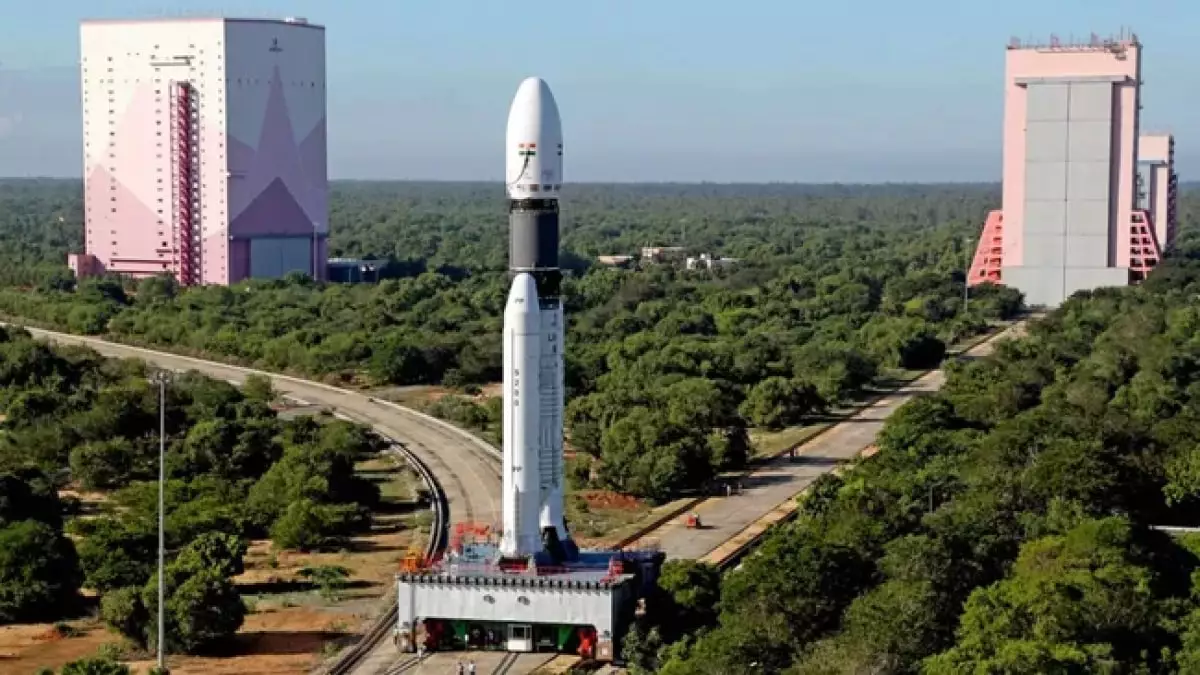India has set its sights on the stars with the Gaganyaan mission, aimed at sending its first astronauts into space. However, recent announcements indicate a newly revised timeline, with the planned inaugural flight now postponed until 2026. This one-year delay, articulated by S. Somanath, the Chairman of the Indian Space Research Organisation (ISRO), underscores the importance placed on safety, especially in the wake of challenges and setbacks witnessed in the aerospace sector globally. Delaying the mission could foster a higher level of reliability and assurance for the astronauts involved.
The decision to delay stems from ISRO’s careful approach to ensure a secure and successful crewed mission. Somanath highlighted the necessity of conducting multiple uncrewed test flights prior to any manned launch. The first of these missions is expected to take off in December 2023, representing a significant step in validating the mission’s critical systems and technologies. This thorough testing regimen aims to prepare India for its entry into the elite club of nations with human spaceflight capabilities, alongside established powers like the United States, Russia, and China.
To reinforce safety protocols, ISRO has committed to an extensive series of tests. The addition of a fourth uncrewed test flight exemplifies the organisation’s dedication to meticulous preparations. Somanath cited challenges faced by other space programs, such as the technical glitches encountered by Boeing Starliner, as pertinent reminders of the careful checks required to prevent potential disasters.
The Gaganyaan mission, often referred to as H1, is ambitious; it targets sending one or two astronauts into low Earth orbit, at an altitude of approximately 400 kilometers. To ensure every facet of the mission is rigorously evaluated, preliminary tests are currently taking place, focusing on critical emergency escape protocols and recovery mechanisms. The upcoming G1 flight, equipped with a humanoid robot named Vyomitra, will serve as a test scenario for re-entry strategies, parachute deployment, and controlled splashdown operations in the Bay of Bengal.
In tandem with these technical advancements, astronaut training has also been a focal point. Indian astronauts, including test pilot Shubhanshu Shukla, are undergoing extensive preparation both domestically and abroad, involving collaboration with entities like Axiom Space in Houston. Shukla’s upcoming mission to the International Space Station, led by former NASA astronaut Peggy Whitson as commander, will enhance his technical prowess in navigation and docking—skills essential for the Gaganyaan mission.
To support the ambitious Gaganyaan initiative, the Indian government has allocated an additional budget of 111 billion rupees for the project, ensuring sufficient resources for final tests and astronaut training. As preparations progress and modules are transferred to ISRO’s Sriharikota spaceport, the dream of India’s first crewed space flight becomes increasingly tangible.
Ultimately, the Gaganyaan mission illustrates India’s resolute commitment to advancing its space exploration capabilities. By prioritizing careful preparation and rigorous safety protocols, ISRO aims to make a significant leap forward in its space endeavors, positioning India as a formidable player in the realm of human spaceflight.

Leave a Reply